The Dirt on Garlic
Courtesy of Christopher Ranch
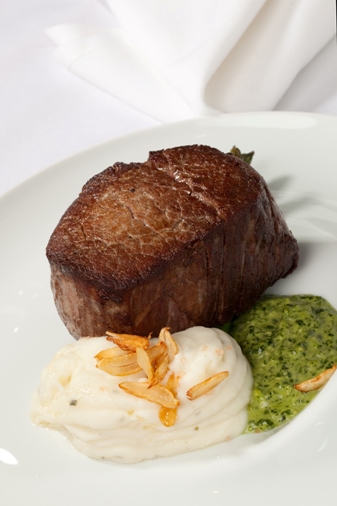 Media scares over tainted Chinese products have led U.S. consumers to investigate how garlic is produced, resulting in a resurgence of domestic sources—which actually have greater cooking and health benefits.
Media scares over tainted Chinese products have led U.S. consumers to investigate how garlic is produced, resulting in a resurgence of domestic sources—which actually have greater cooking and health benefits.
Garlic is grown globally, and has become a critical flavor component for a variety of international cuisines. China has emerged as the world’s leading source, growing two-thirds of global supply. Even in the United States, where California-grown garlic is available year-round, Chinese garlic amounts to well over half of domestic supply. The International Trade Commission reports that Chinese garlic exports into the United States in 2009 alone totaled 145 million pounds.
Most California garlic production is centralized in Gilroy, Calif., known as “the garlic capital of the world.” Gilroy-based Christopher Ranch has been an industry leader since 1956, when founder Don Christopher started farming garlic with a planting of 10 acres. Today, his son, Bill, oversees cultivation of more than 3,000 acres and shipment of more than 60 million pounds annually, distinguishing the ranch as the nation’s premier grower for the fresh market and the only commercial source of heirloom garlic.

 Thinking carefully about who should be involved in revising the curriculum will help everyone know his and her role. It is an important way to move the process forward and collect as many ideas at the beginning and consult about proposals at the end.
Thinking carefully about who should be involved in revising the curriculum will help everyone know his and her role. It is an important way to move the process forward and collect as many ideas at the beginning and consult about proposals at the end.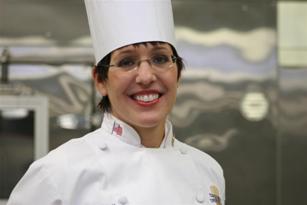 Culinary students love learning tableside, and guests will become committed patrons if we treat them to dinner and a show.
Culinary students love learning tableside, and guests will become committed patrons if we treat them to dinner and a show.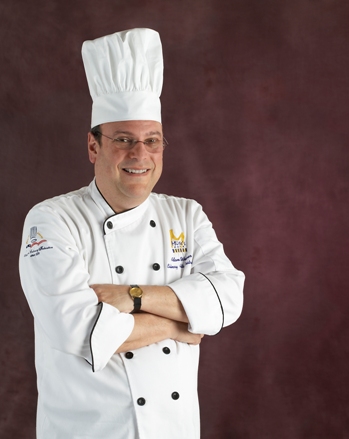 Says Chef Weiner, with summer here, it’s time to look at your curriculum, look at your syllabus, look at your lesson plans, and see what you can do to make sure you teach the basics your students need to get and keep a job.
Says Chef Weiner, with summer here, it’s time to look at your curriculum, look at your syllabus, look at your lesson plans, and see what you can do to make sure you teach the basics your students need to get and keep a job.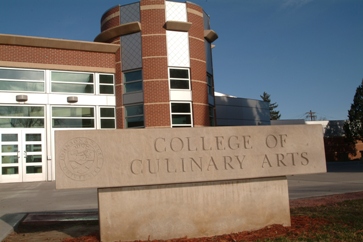 607 colleges and universities nationwide competed to reduce, reuse and recycle
607 colleges and universities nationwide competed to reduce, reuse and recycle An e-learning lesson plan at ciaprochef.com sponsored by Starbucks Foodservice.
An e-learning lesson plan at ciaprochef.com sponsored by Starbucks Foodservice.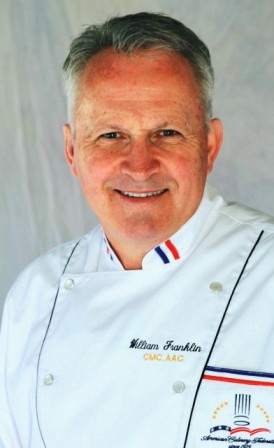 Like a bell curve, leadership in new chapters of professional organizations rises, then wanes. Adopting certain structural steps will keep a chapter strong, delivering long-term value to members.
Like a bell curve, leadership in new chapters of professional organizations rises, then wanes. Adopting certain structural steps will keep a chapter strong, delivering long-term value to members.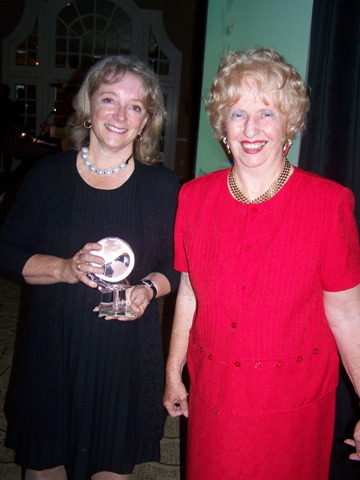 Mary Petersen, pioneer in creating learning opportunities for foodservice educators, is honored for her achievements by Cordon d’Or – Gold Ribbon.
Mary Petersen, pioneer in creating learning opportunities for foodservice educators, is honored for her achievements by Cordon d’Or – Gold Ribbon.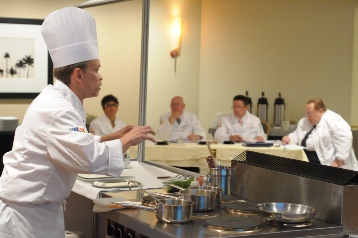 Regional winners to vie for ACF’s national title in Anaheim in August.
Regional winners to vie for ACF’s national title in Anaheim in August.